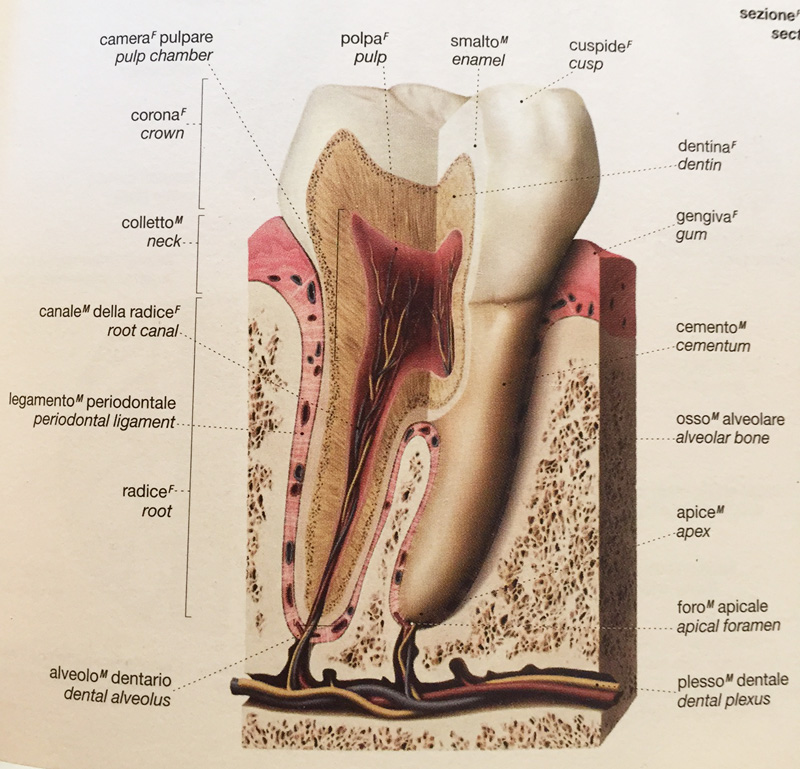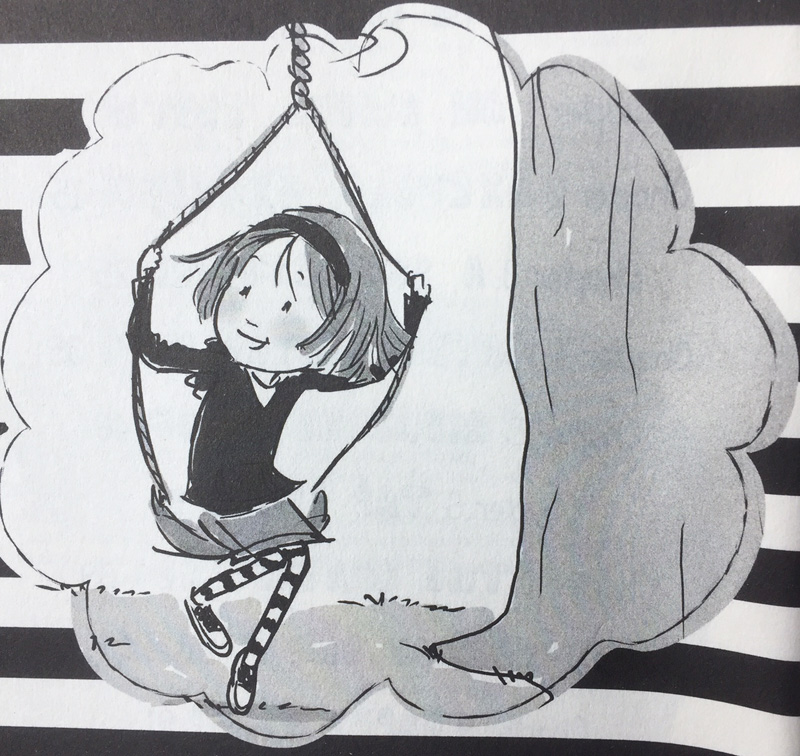My seven year old is sitting in the dentist’s chair. As dentists go, he’s young and charming, and he has nice ankles – he wears runners with no socks. We communicate in Italian about the child and her teeth. I understand most of what he says, but in a situation like this I find there will be a word or terms that I don’t know. I realize that, once again, I had forgotten to spend 5 minutes before leaving the house to check the dictionary for some other words that might come up, maybe molar or orthodontic surgery.
Living daily life in another language means you’re confronted all the time with new situations, new unknowns. Whether it’s going to a judo class or the climbing park, the pharmacy or the post office, there will be a word or a term that will throw you and you’ll be asking: “I need to get the what before tomorrow?” Or “there’s something wrong with the what in my engine?” (This does of course also happen to Italians especially where paperwork is involved: they don’t necessarily find it any easier to get simple tasks completed).
So when I can I try to prepare by checking some words, anticipating difficult discussions. It took me a few confused yoga lessons before I remembered to look up the Italian words for hips, shoulder blades and twist gently but our teacher’s soothing voice made any position sound great – just try saying la posizione della montagna and you’ll feel yourself calming down.
Before arriving at the dentist my daughter and I talked about what we needed to show him. He was to check all her teeth, one loose tooth and another loose tooth that’s not supposed to be loose. I’m prepared with a few key words: denti da latte (milk teeth) and the evocative denti del giudizio (wisdom teeth). But “loose tooth” – maybe I should have checked that in the dictionary.

So there she is in the chair and I tell the dentist – she has a tooth that is …. aah … moving. “Ah”, he says, “it’s still growing?” “No, no, it’s moving … like this.” And the impatient child pipes up from the chair – sta dondolando! It’s swinging, or in this case, it’s wobbling! Wow, there she goes. My daughter has started translating for me. Of course she would know how to say it, it was probably one of the first things she’d hear from fellow 6-year-olds in the school yard. It’s a bit strange I haven’t heard it before, but I’m probably multi-tasking more on a daily basis. There’s my excuse.
Living daily life in Italian means you get to use fantastic words and expressions every day. The rolling r’s and the double zz’s, it actually feels good to speak it and being here as an older adult I appreciate it even more.
Un dente dondolando – a swinging tooth. Isn’t that wonderful? The word for me conjures a picture of a swaying ski lift hoisting fur-booted skiers up into the Dolomites. Or a cute toddler asked to be pushed on the swing – la dondola. A quick Google search manages to bring up the image of Michael Jackson dangling his child over the balcony (if you remember back that far).

Dondolando – Swinging, swaying, dangling, wobbling, rocking, balancing. That’s indeed what we’ve been doing on a daily basis here, making it up as we go along, all of us balancing between friends and family and familiarities in our homes, old and new.
But now, a year in – and with routines in places, circles of friends and acquaintances set up, local knowledge and our own spaces carved out in this place inhabited by many others over many centuries – we’re mostly gotten into the swing of it ourselves.